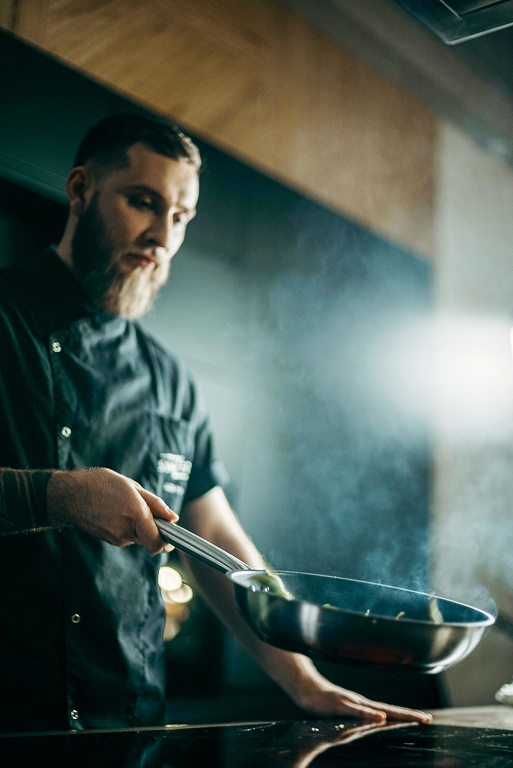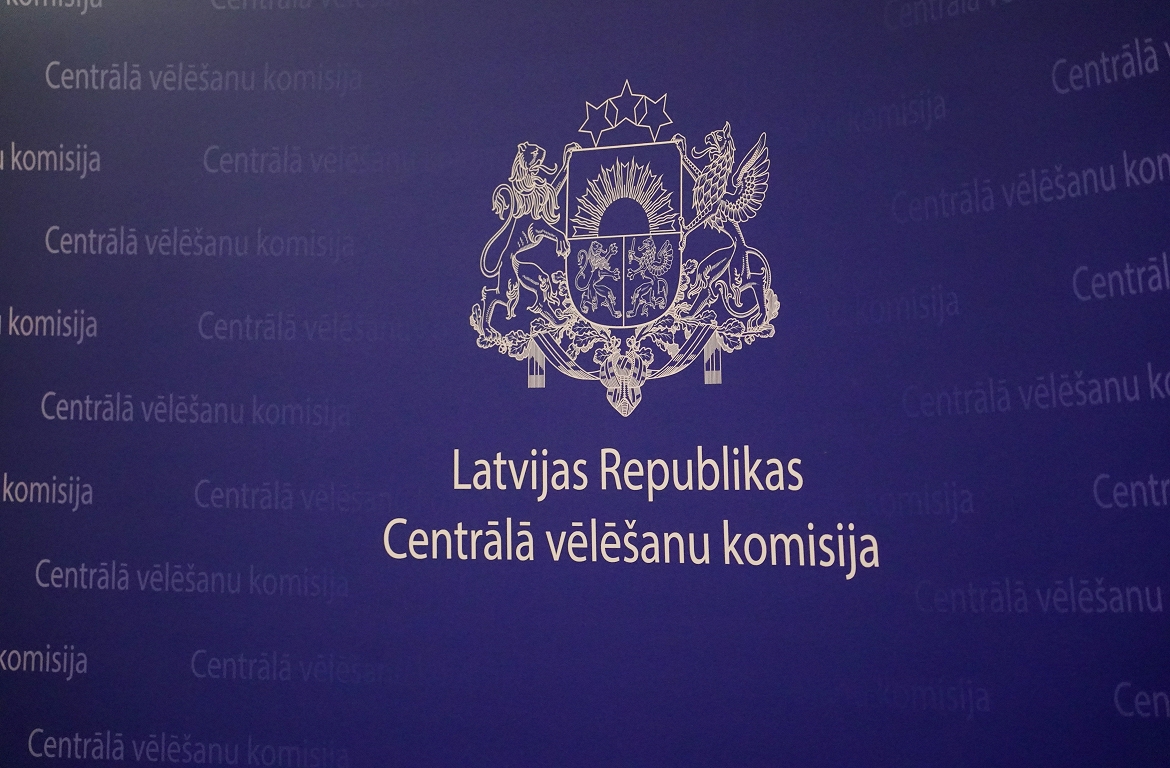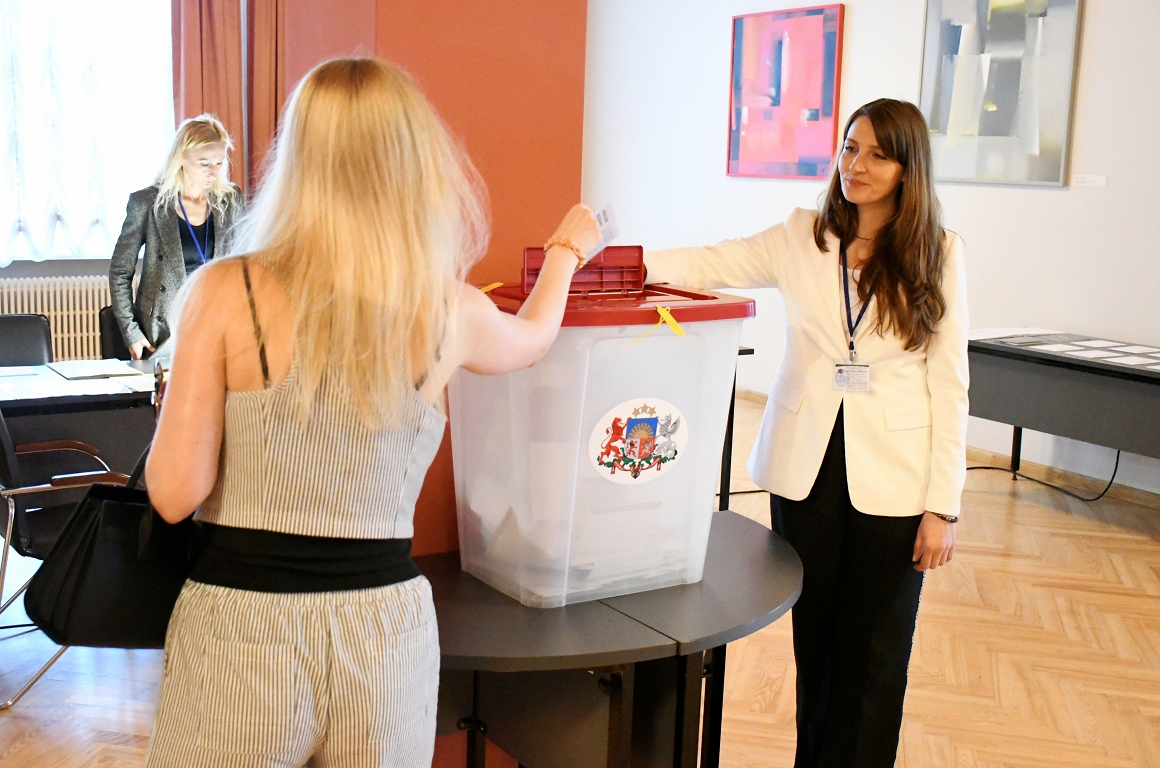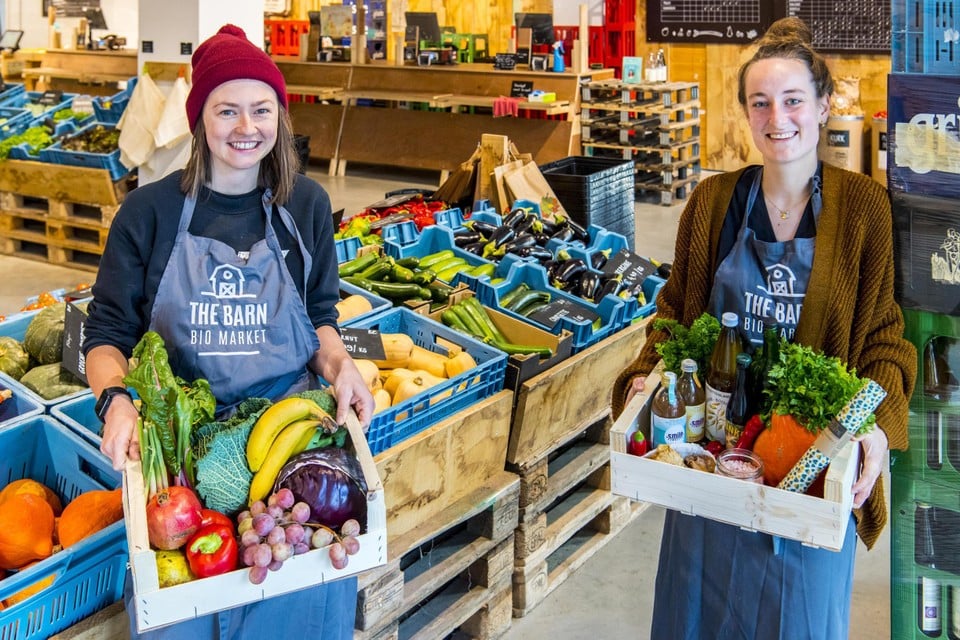Dangerous pan and harmful board / day

Is our health and the environment really endangered farm items or is the dangers attributed to them just a myth?
Prohibited in the European Union
Our everyday life is full of chemical compounds, which are also found at home, especially in the kitchen. While many of the items are designed to make our lives easier, some can be dangerous to us and the environment.
There are strict rules in the European Union (EU) for chemicals used in products, including containers to protect consumer health and the environment. REACH Regulation (Registration, Evaluation, Authorisation and Restriction of Chemicals Regulation) is the EU regulation that entered into force in 2007, its aims to ensure a high level of human health and environmental protection by limiting the use of dangerous chemicals. According to this, companies that produce or import chemicals must demonstrate their safety when registering substances at the European Chemicals Agency (ECHA). If the substance cannot be used safely, its use may be restricted or prohibited.
For example, bisphenol A (BPA), which was previously widely used in plastic containers, is prohibited in EU feeding bottles because of the adversely affect the endocrine system. Many plastic containers still contain bisphenol A and phthalates, which can be released in contact with hot food or drink.
It is advisable to buy inventory in cheap online stores outside the EU for cooking and contact with food, as there is no guarantee of their safety. Even ceramic dishes can contain harmful substances that are released in contact with fatty foods or heat.
Micro -Plastic Risks
Plastic is a comfortable material, but it also has a lot of minuses, so if we can reduce its presence in the kitchen, it is only welcome. Any plastic item wears out over time, and even with the naked eye, the micro -light particles are separated by the naked eye. When cutting food on the plastic board, the microplast mass comes in – not for nothing we see small grooves on the material. « The microplastic mass has become a serious problem. Scientists around the world are exploring it, trying to measure the amount and impact of this contamination on a person, but it is not easy. The word ‘microplastmas’ is in itself means of very small objects, » The professor points out: « It is difficult to say what the impact on human health is, because the plastic and various compounds on it are too different substances that enter our body. Both their quantity and chemical cocktail with other substances, including the individual reaction of the person. »
Plastic beverage bottles are also for single use, and other plastic packaging should not be used several times, as it releases both microplastics and various other health compounds.
Better store in glass containers
The best material for storing food is glass and has several reasons. Glass is harmless – it does not emit toxic substances that can get into food and affect health. It also does not affect the taste or smell of food.
The glass is very durable and can last for a long time when used properly. It does not require frequent replacement and is much more lasting than plastic containers that can become damaged, outdated or soak with a bad aroma. In addition, glass is a recyclable material, so it has a less negative effect on the environment if properly disposed of. Compared to plastic, the glass does not cause plastic contamination. Other materials may also be suitable for needs.
Safe and longeous pans
There is a lot of uncertainty about an indispensable item like a pan in the kitchen. It is important that the pan is comfortable, the food does not burn. However, such a convenient and widely available Teflon pan -free coating, even recently, used to contain perfluoroctanic acid (PFOA), which, according to studies, can be released at high temperatures and is associated with health problems, including hormonal disorders and even cancer. PFOA has been banned in the European Union since July 4, 2020. This ban was introduced taking into account the harmful health and environment of PFOA.
Nowadays, manufacturers use alternative substances for Teflon coating, which are considered safer. However, in order to ensure maximum safety, the manufacturer’s instructions for use must be followed and overheating or mechanical damage to the pan, which could contribute to the release of harmful substances.
At present, stainless steel, cast iron and ceramic pans are the safest and less harmful to health.
Stainless steel pans are durable, do not rust and do not release harmful substances even at high temperatures. They are suitable for a variety of cooking methods, but may not be so well suited to food that tends to burn.
The cast iron pan has a naturally non -combustible coating. In addition, it provides a smooth heat distribution. However, cast iron can rust if it is stored incorrectly – this problem can be fixed by cleaning the pan with oil and heated in the oven. Neither the cast iron nor the steel pan is washed in the dishwasher, but for cleaning, if anything burned, use a drink.
Ceramic pans are popular with their non -combustible properties and safety because they do not contain PFOA or other harmful substances. However, their coating may be less resistant to scratches.
Too high temperatures can damage even a safe pan coating, so it is advisable to always bake at medium temperature unless the recipe requires something else.
Need to properly dispose of
Anyway, any subject ever comes to the end of use, so they need to be properly tilted when thinking about the environment. Some times used plastic containers, like plastic packaging, have a marking – a triangle – a symbol of processing, indicating that the vessel is recyclable. It can be with or without a specific material number, after which it can be stipulated that plastic can be transferred to waste sorting and recycling.
« Can this item be recycled? Can we throw it in plastic waste? There is no clear answer, because sorting applies mostly on the packaging. Theoretically – yes. Meanwhile, the garbage thrown in the plastic container should not be thrown away by the remains of food. Green center Project manager Zhanna Lampicka.
And where to put old pans? Stainless steel and cast iron pans should be placed in a waste container for metal. This can be done in Latvia at both municipal sorting points and in waste collection containers for metal.








